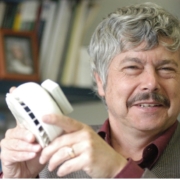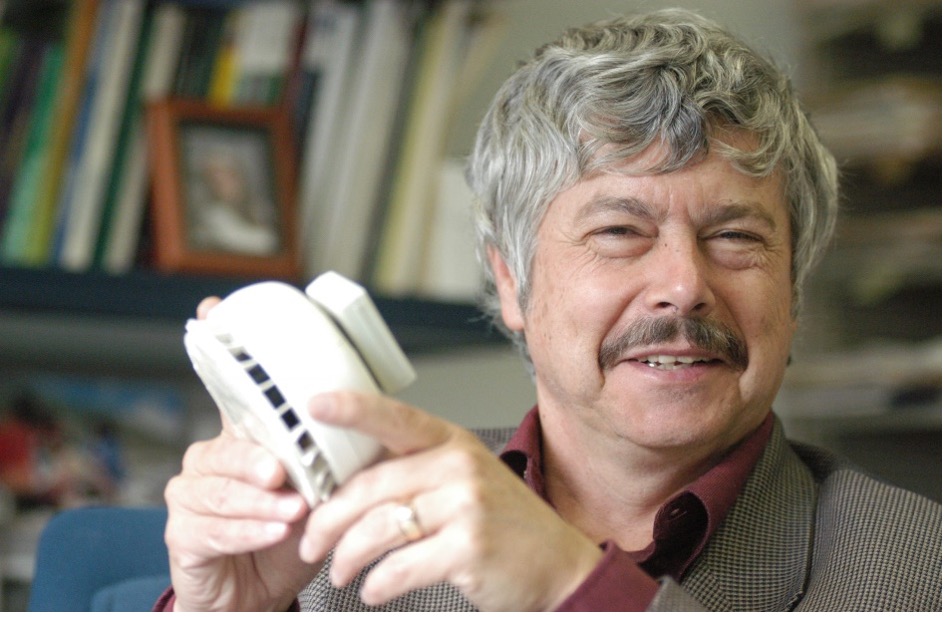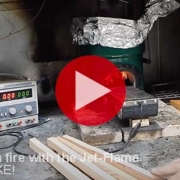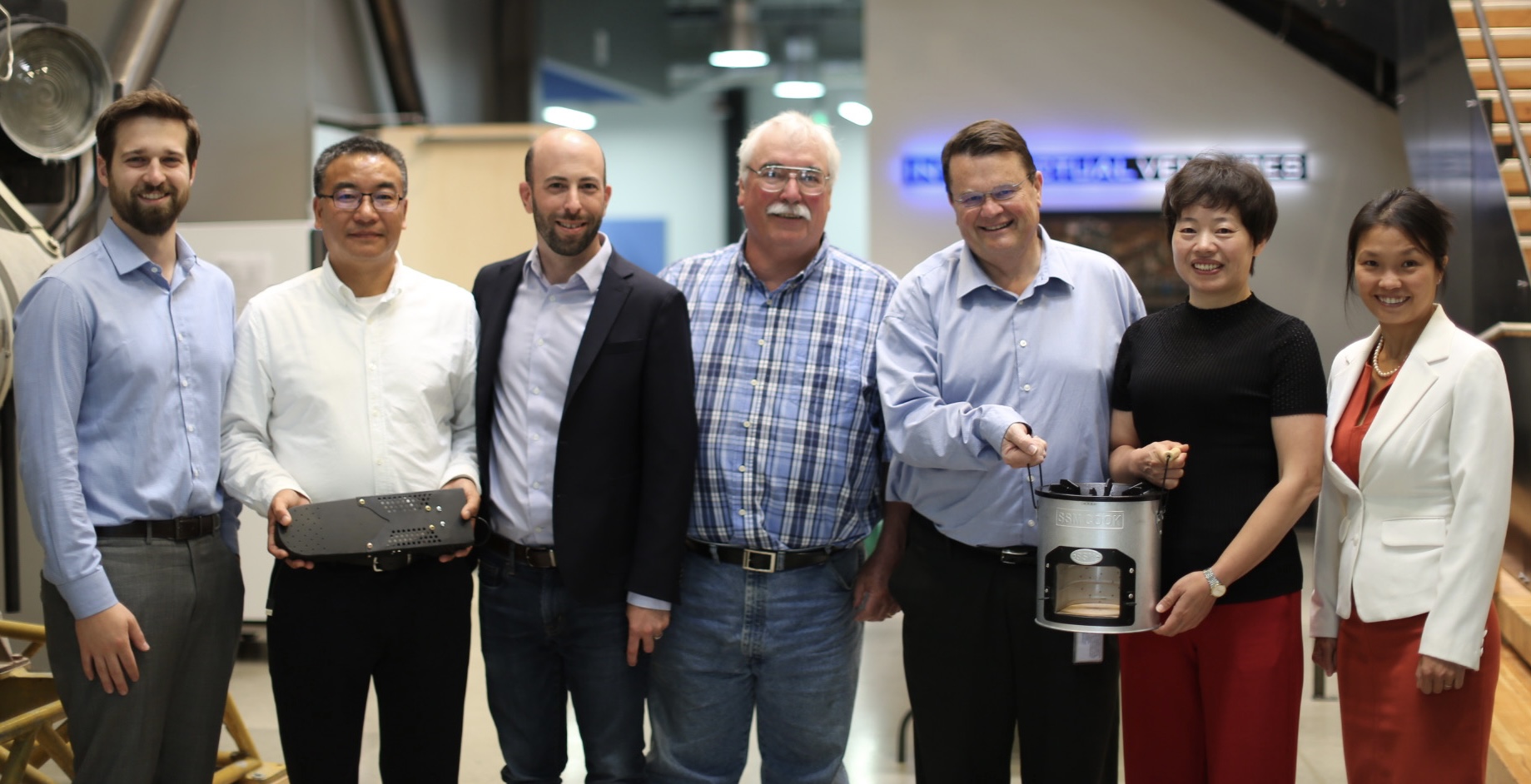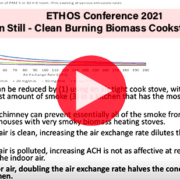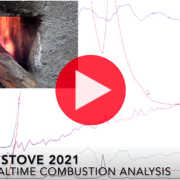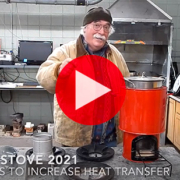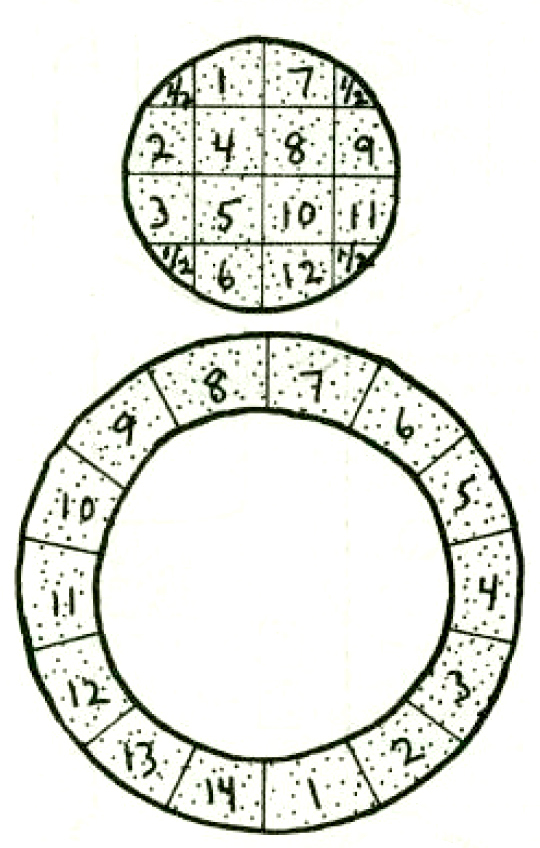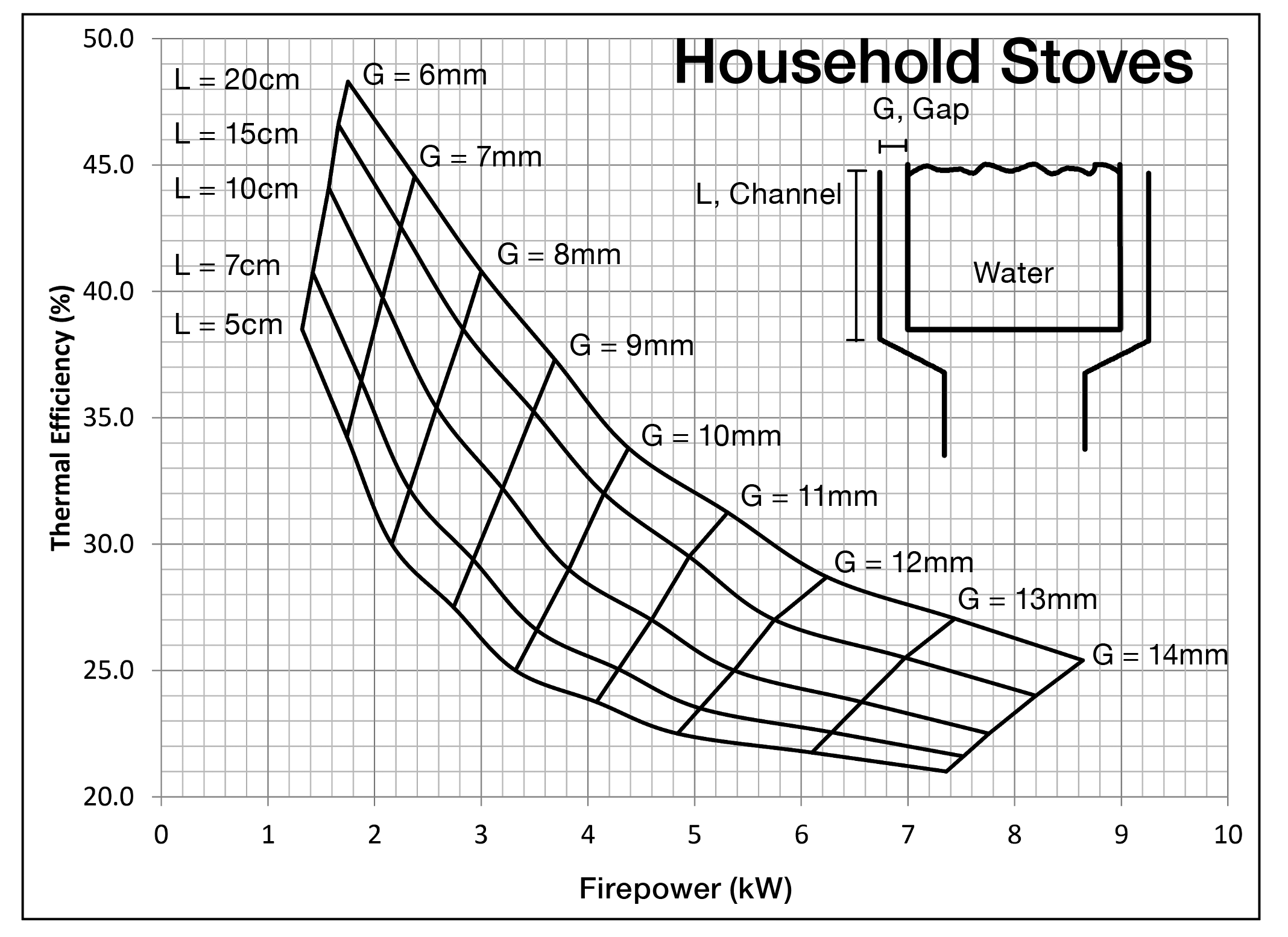Rocket Bread Ovens
I ran across this old video when exploring Rocket stoves on YouTube. It is great to have both peer reviewed journal articles and places like YouTube. I hope that our publications library at aprovecho.org includes, perhaps even combines, helpful information from both academia and the field.
We baked with a high mass bread oven for years at the Aprovecho campus. We bragged about it. It was only when Dr. Winiarski built a Rocket bread oven next to the old stove that we experienced the differences. Then, it took less than a week for baking to switch to the Rocket oven. No more throwing logs into a mud/sand cave for hours to try to get up to temperature! Why try to heat up a thousand pounds of mud when you want to make 20 pounds of bread?
Larry’s Rocket oven got to 400°F in about 30 minutes and used hand fulls of twigs to bake enough bread for the hungry eco-scientists. I loved the Rocket bread ovens and helped Larry to build them in Mexico. We learned a lot from Larry including that using a new stove was a lot more convincing that talking about it. Why not let the new oven or stove speak for itself. Then stand aside and watch when folks like it enough to improve the prototype?
So nice to let the experts (the cooks) tune the cooking functions of a stove! So nice to empower their hard won expertise! So appropriate to sit back and learn.




